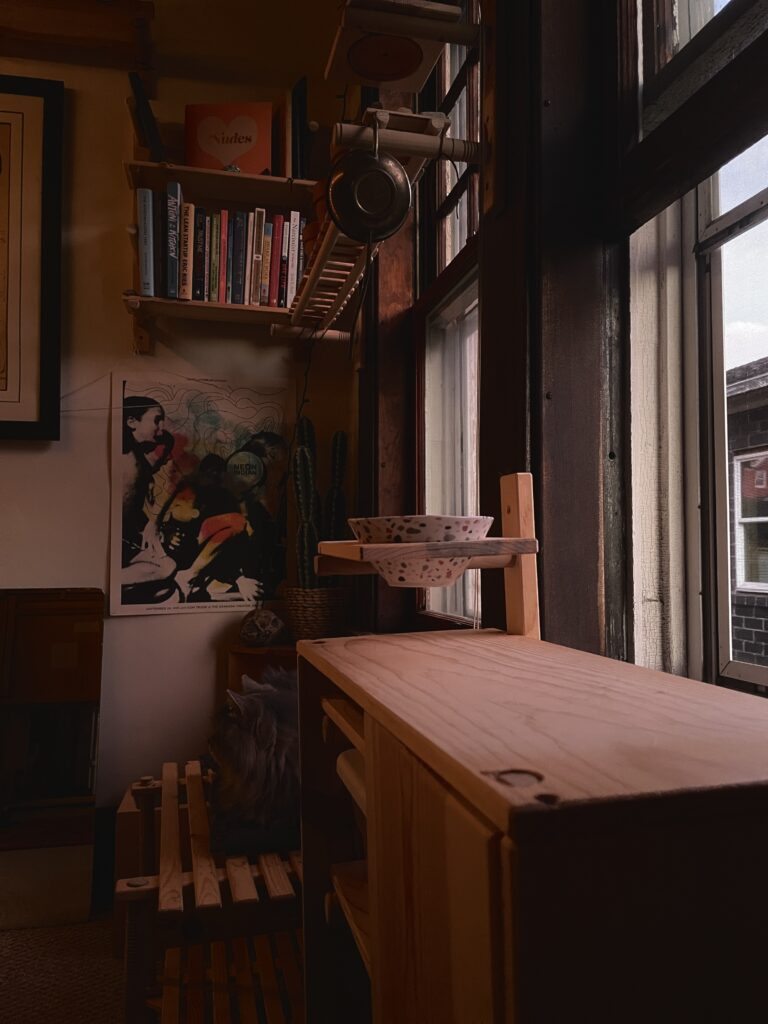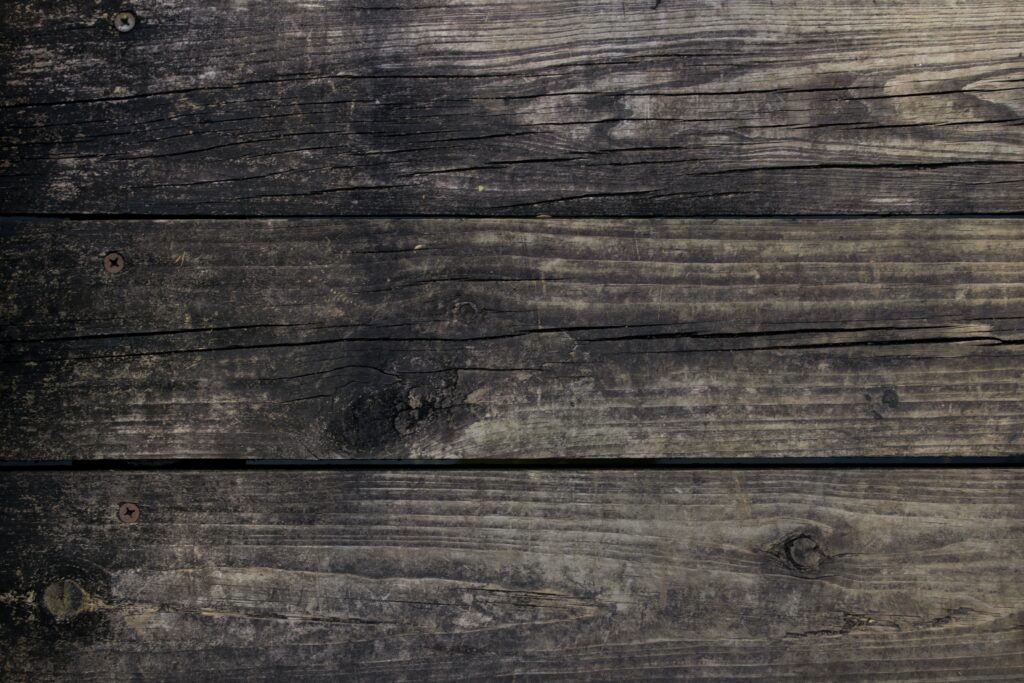
So you’ve noticed a damaged section of your beautiful hardwood flooring and you’re wondering how to fix it? Fear not, because in this article, we will guide you through the process of replacing that unsightly damaged area. From assessing the extent of the damage to selecting the right tools and materials, we’ve got you covered. With our step-by-step instructions, you’ll have your hardwood flooring looking as good as new in no time. Say goodbye to that eyesore and hello to a seamless and flawless floor. Let’s get started!

Assess the Damage and Gather Materials
To begin replacing a damaged section of hardwood flooring, the first step is to carefully inspect the damaged area. Take note of the extent of the damage, such as scratches, dents, or cracks in the wood. Additionally, make sure to measure the size of the damaged area accurately. This will help you determine the amount of replacement material needed.
Identifying the type of hardwood flooring is crucial in the process of replacement. Different types of hardwood flooring differ in terms of species, grain pattern, and finish. Knowing the exact type of hardwood flooring you have will allow you to match the replacement material as closely as possible.
Once you have gathered all this information, it’s time to purchase the necessary materials. This may include replacement boards, flooring adhesive, nails, sandpaper, and any other tools or supplies needed for the project.
Prepare the Work Area
Before you start removing the damaged section of hardwood flooring, it is important to prepare the work area properly. Begin by clearing the workspace of any furniture, rugs, or debris. This will ensure that you have enough space to maneuver and work comfortably.
Next, ensure proper lighting in the work area. Good lighting is essential for accurate measurements and a successful repair. If needed, bring in additional lights or open curtains to allow natural light to flood the area.
To protect the surrounding flooring from any accidental damage during the repair process, cover it with drop cloths or plastic sheets. This will prevent any scratches, spills, or debris from ruining the intact hardwood flooring.
Remove the Damaged Section
To remove the damaged section of hardwood flooring, you will need to start by removing any baseboards or quarter round molding that may be covering the edges. Use a pry bar, starting at one end, to gently detach the molding from the wall.
Once the baseboards or molding has been removed, carefully detach the damaged boards from the floor. This can be done by using a pry bar or a chisel to lift them up. Take your time and be cautious to avoid causing any further damage to the surrounding flooring.
For precision cuts and clean lines, it is recommended to use a circular saw to cut out the damaged section of hardwood flooring. Set the saw to the appropriate depth and make straight cuts along the edges of the damaged area.
Cut and Fit Replacement Boards
With the damaged section removed, it’s time to cut and fit the replacement boards. Begin by measuring and marking the replacement boards to match the size and shape of the gap left by the removed section. Double-check your measurements to ensure accuracy.
Using a saw, carefully cut along the marked lines to create the replacement boards. Take your time and make sure the cuts are precise for a seamless fit. Once the boards are cut, test their fit in the gap to ensure they align well.

Remove Tongue or Groove
Before installing the replacement boards, it is necessary to remove the tongue or groove on the edges. This will allow the boards to fit snugly against each other and the existing flooring.
To remove the tongue or groove, carefully cut it off using a saw or chisel. Take care not to damage the neighboring boards in the process. Additionally, remove any adhesive residue left behind to ensure a smooth installation.
Apply Adhesive or Nails
To secure the replacement boards in place, you have two main options: using flooring adhesive or nails. If you choose to use adhesive, begin by applying a thin layer onto the subfloor. Spread the adhesive evenly using a trowel or scraper. Then, align the replacement boards with the existing flooring and press them into place.
Alternatively, you can choose to secure the boards using nails. Pre-drill holes into the replacement boards and then insert the nails, making sure they are angled to avoid splitting the wood. Hammer the nails carefully into place, ensuring the boards are securely fastened.

Sand and Finish the Repaired Area
After the replacement boards are installed, it’s time to sand and finish the repaired area. Start by sanding the repaired section using sandpaper or a handheld sander. Begin with a coarse grit sandpaper and gradually move to finer grits to achieve a smooth finish.
Pay close attention to the transitions between the repaired area and the surrounding flooring. Make sure to sand them evenly to create a seamless surface. Be patient and thorough during the sanding process to ensure the best results.
To match the finish of the surrounding floor, apply the appropriate stain or finish to the repaired area. This may involve multiple coats of stain or finish, depending on the desired result. Allow each coat to dry completely before applying the next.
Reinstall Baseboards or Molding
With the repaired section looking good as new, it’s time to reinstall the baseboards or quarter round molding. Start by cutting the baseboards or molding to fit the length of the repaired section. Use a saw to make precise cuts.
Once the pieces are cut, secure them back into place using a nail gun or finishing nails. Make sure the baseboards or molding are aligned with the rest of the room and cover the gap between the repaired section and the wall.

Allow the Adhesive to Cure
If you used flooring adhesive during the installation, it is important to follow the manufacturer’s instructions and allow the adhesive to cure fully before putting weight or walking on the repaired area. This will ensure a strong and durable bond between the replacement boards and the subfloor.
Be patient and resist the temptation to rush this step. Curing times can vary depending on the adhesive used, so refer to the product instructions for specific guidelines. Avoid putting any stress or weight on the repaired area until the adhesive has fully cured.
Final Touches
Once the adhesive has fully cured and you have ensured the repaired section is sturdy and secure, it’s time for the final touches. Begin by cleaning up the work area, removing any dust, debris, or leftover materials. A clean work area will leave you with a polished and professional-looking repair.
Next, take the time to inspect and test the repaired section. Walk across it, checking for any squeaks, loose boards, or unevenness. Make any necessary adjustments or repairs to ensure the repaired section blends seamlessly with the rest of the hardwood flooring.
By following these steps and taking your time, you can successfully replace a damaged section of hardwood flooring. Remember to gather all necessary materials, prepare the work area properly, and pay attention to the details. With a little effort and patience, your hardwood flooring will be restored to its former beauty.
